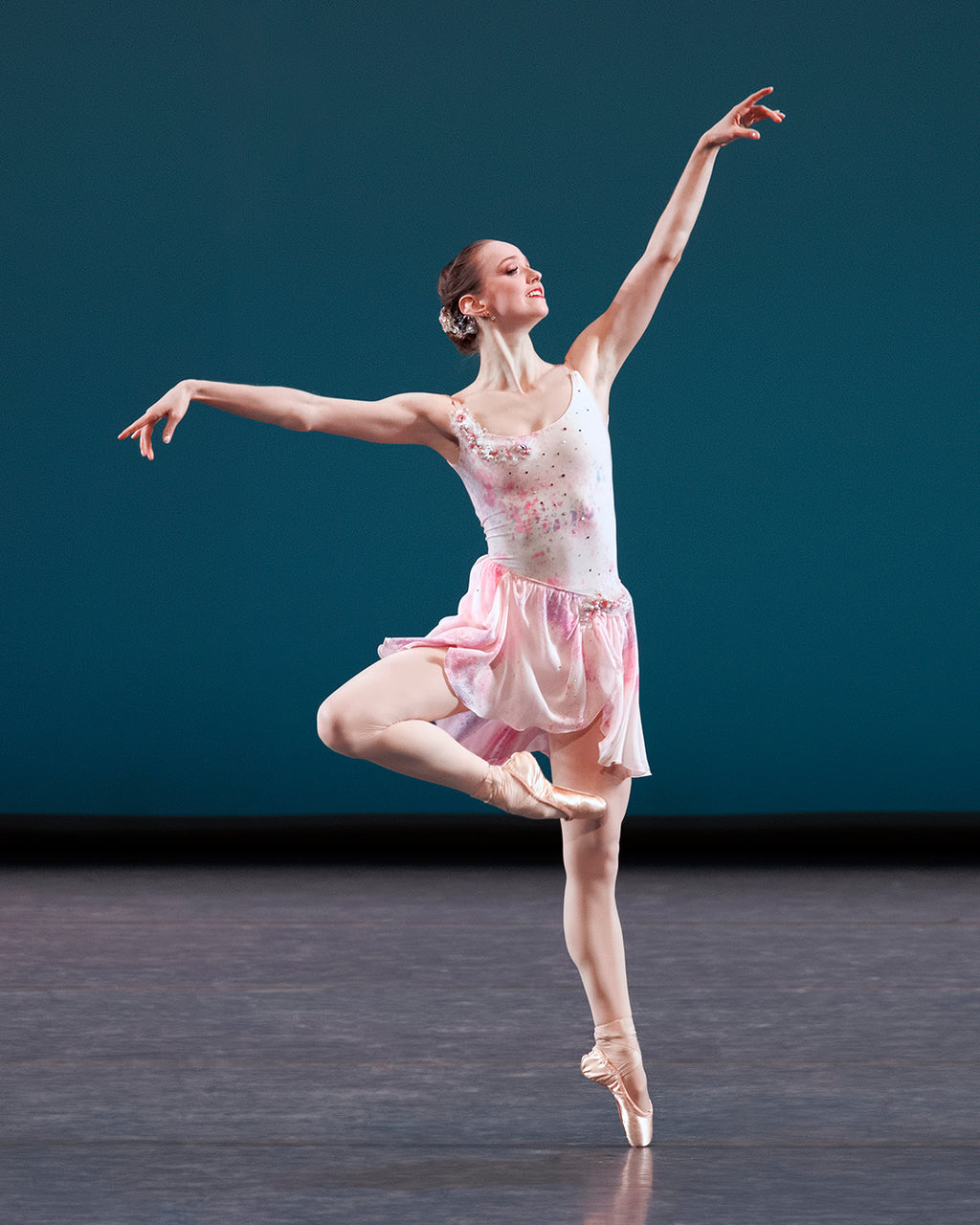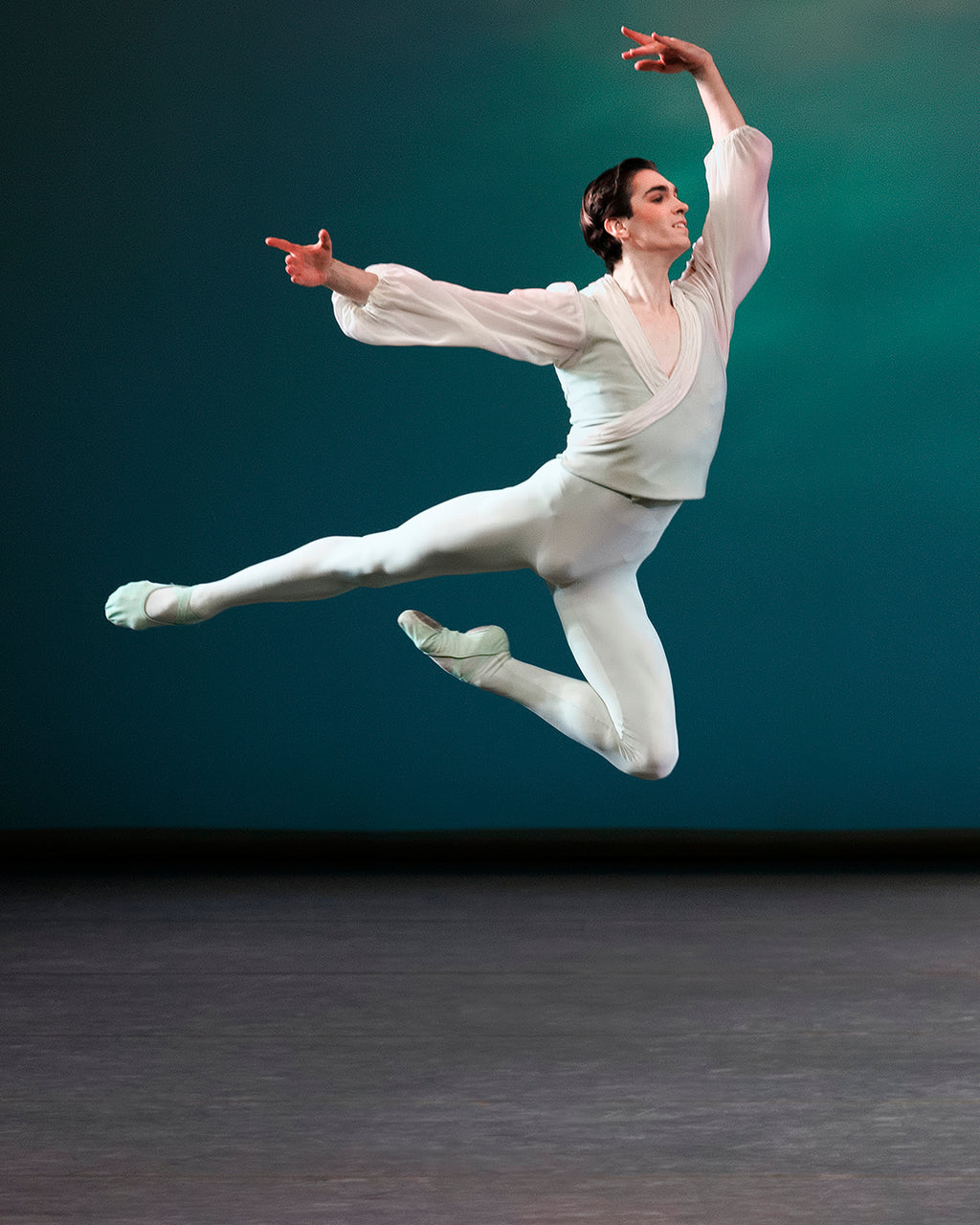Talent Time
It’s “Nutcracker” season at San Francisco Ballet—36 performances packed into three weeks—which means that the company is currently serving two distinct audiences.
Plus
World-class review of ballet and dance.
At the tail end of the New York City Ballet’s winter season, the sixth and final showing of the “Classic NYCB” program featured thrilling debuts: soloist Emma Von Enck and second-year corps de ballet member David Gabriel assumed the lead roles in Balanchine’s tricky “Ballo della Regina.” I predict many opening nights in their futures. The evening tilted young overall. Only one dancer in the principal rank performed. It was exciting to see the next generation in the driver’s seat for a bill bookended by George Balanchine and Jerome Robbins. But this was not the strongest lineup, and I quibble with the label “Classic.” It seems like the program’s title was slapped on as a thoughtless catchall. At least, I hope it was.
Performance
Place
Words



“Uncommonly intelligent, substantial coverage.”
Your weekly source for world-class dance reviews, interviews, articles, and more.
Already a paid subscriber? Login


It’s “Nutcracker” season at San Francisco Ballet—36 performances packed into three weeks—which means that the company is currently serving two distinct audiences.
PlusLast week I caught up with choreographer Pam Tanowitz and Opera Philadelphia’s current general director and president, countertenor Anthony Roth Costanzo to talk about “The Seasons,” the company’s latest production premiering at the Kimmel Center’s 600-plus seat Perelman Theater on December 19.
PlusIf Notre-Dame remains one of the enduring symbols of Paris, standing at the city’s heart in all its beauty, much of the credit belongs to Victor Hugo.
PlusWhen dancer and choreographer Marla Phelan was a kid, she wanted to be an astronaut. “I always loved science and astronomy,” Phelan said.
Plus
Albert Evans was a beautiful dancer and a wonderful person. After retirement he continued to contribute to the company as a Ballet Master. Including his ballet in the program was great.